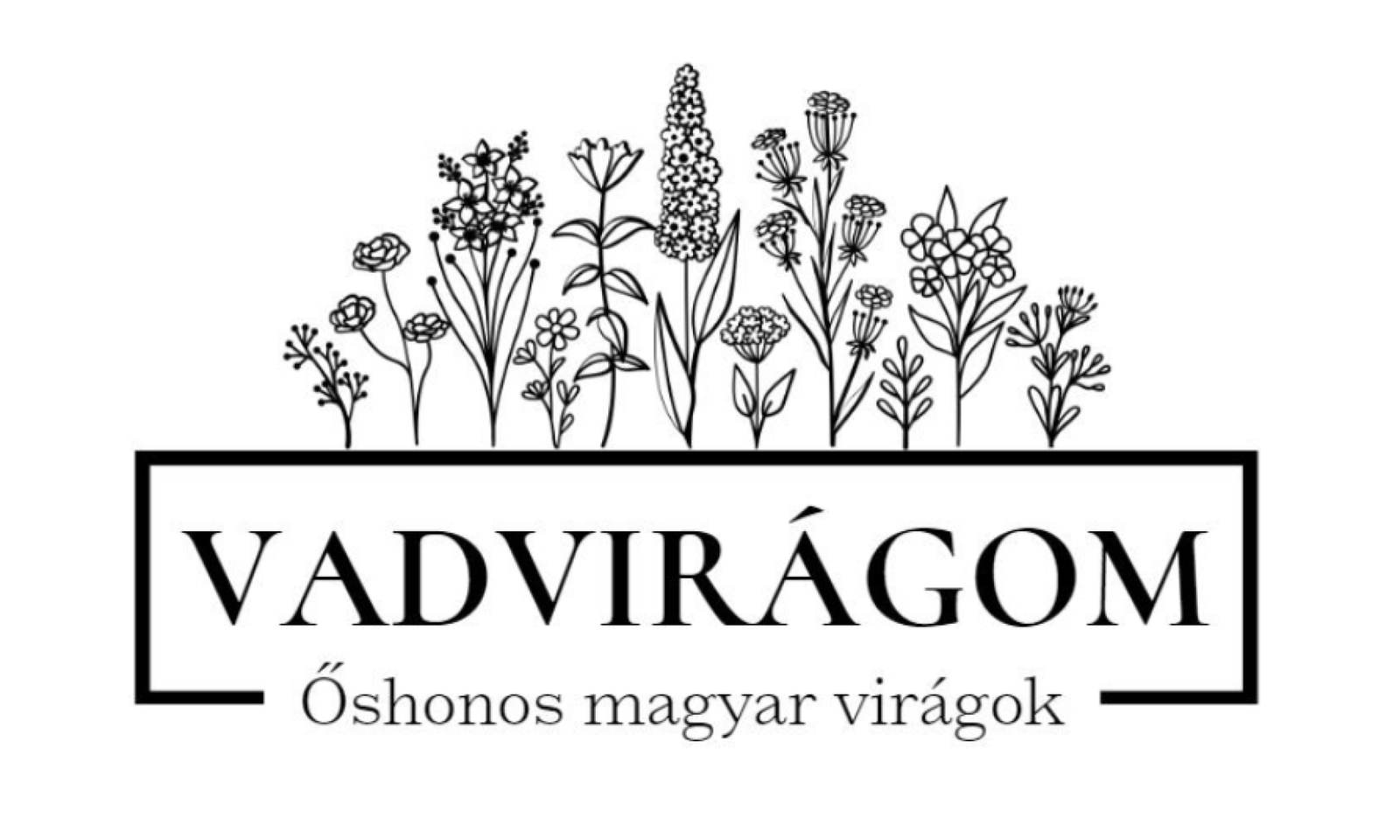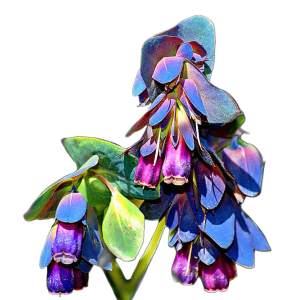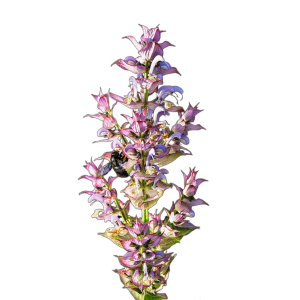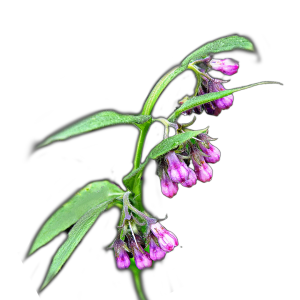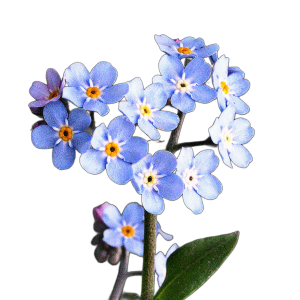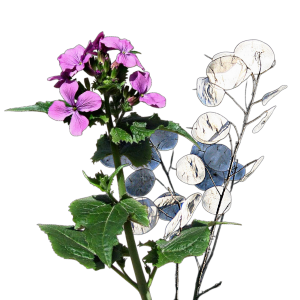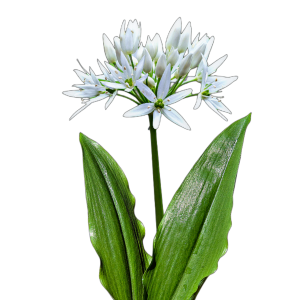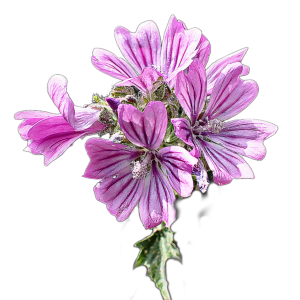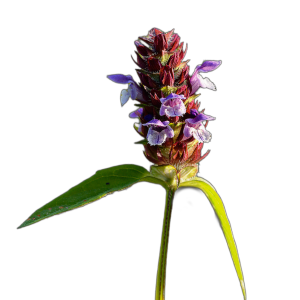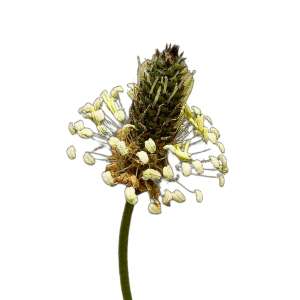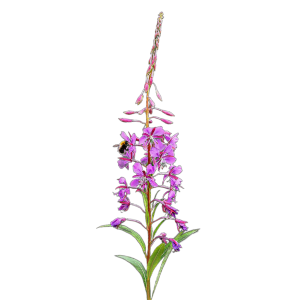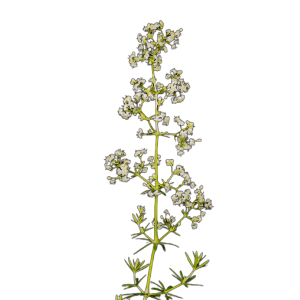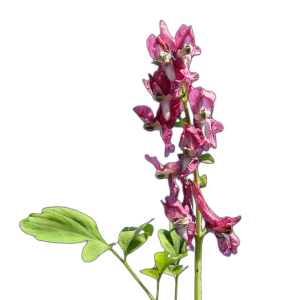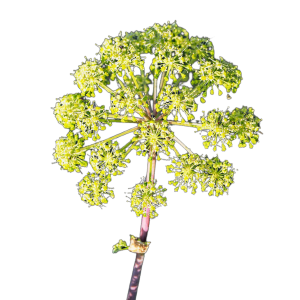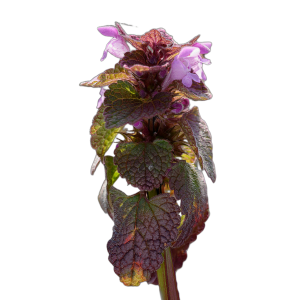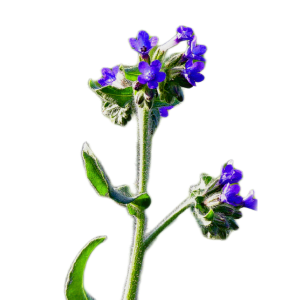“Fekete nadálytő (Symphytum officinale) 0,5g, ~50 mag” a kosárba helyezve. Kosár
-
-
Add to basket
- Add to wishlistAdd to wishlist
- 10/10 pollinator factor, also for window box, annual, bee-feeder
Lily of the valley (Cerinthe major "Purpurascens) 1g, ~20 seeds
- 875 Ft
- Cerinthe major is a native European flower, the cultivated form of which is this purple, "Purpurascens" colour variation. We also have the wild freckle-leaved Cerinthe minor, which has very interestingly mottled leaves, so you can recognise it from a distance. A close relative of this native species is this European annual species, but while the Hungarian species has yellow flowers, the 'Purpurascens' species...
Add to wishlistAdd to wishlist -
Add to basket
-
-
Add to basket
- Add to wishlistAdd to wishlist
- 10/10 pollinator, perennial, biennial, butterfly favourite, bee-feeder, native
Musk sage (Salvia sclarea) 2g, ~500 seeds
- 875 Ft
- Musk sage (Salvia sclarea) is not native to our area, but it is a great choice for our gardens. Muscadine sclare is a beautiful large-flowered pink or purple sage originally from the Mediterranean, and unlike other sage species it is a biennial. Sometimes white varieties are also found in nurseries. It is a particular favourite of blue woodpeckers, as shown in the picture. The essential oils made from its flowers and leaves are often used in food, cosmetics, and...
Add to wishlistAdd to wishlist -
Add to basket
-
-
Add to basket
- Add to wishlistAdd to wishlist
- 10/10 pollinator, perennial, bee-feeder, native
Common yarrow (Achillea millefolium) 1g, ~7000 seeds
- 875 Ft
- Common yarrow (Achillea millefolium) is well known and is one of our best pollinator wildflowers. Its long flowering period makes it particularly valuable. Evergreen, it is also an excellent choice for lawns. It is a medicinal herb and can even be made into tea. Properties: other names: medicinal yarrow, shagbark, yarrow, mouse-tail, thousandleaf, medicinal thousandleaf, turkey-grass Latin name: Achillea millefolium family: Asteraceae life: perennial flowering time: June-October size: 40-60 cm (flowers lower in mown lawns) soil: dry, average growing area: sunny other: herb...
Add to wishlistAdd to wishlist -
Add to basket
-
-
Add to basket
- Add to wishlistAdd to wishlist
- perennial, herb, bee-keeper, native
Black Coneflower (Symphytum officinale) 0,5g, ~50 seeds
- 875 Ft
- The black needlewort (Symphytum officinale) is a very well-known native herb, mostly used externally as an ointment for broken bones, sprains, bruises, sprains and similar conditions. The root and leaves are collected and used to make ointments, tinctures and poultices. Its use internally is not recommended because of its alcohol content of pyrrolizidine, which is harmful to the liver. Like other borage species, such as medical atracil, teriy...
Add to wishlistAdd to wishlist -
Add to basket
-
-
Add to basket
- Add to wishlistAdd to wishlist
- 10/10 pollinator factor, also for balcony box, biennial, bee-feeder
Forest forget-me-not (Myosotis sylvatica "Victoria Indigo Blue") 0,5g, ~875 seeds
- 875 Ft
- Along with tulips and daffodils, the woodland forget-me-not (Myosotis sylvatica) is an essential flower in a real spring garden. It is also found in the wild, usually in shady to semi-shady woods and forest edges. It is also worth choosing a shady spot in the garden. It is also a member of the borage family, along with the medical atracaela, the terry-leaved snakeroot, the black needle-leaved fern, the common tadpole or the medical lungwort. It is an important spring food source for pollinators,...
Add to wishlistAdd to wishlist -
Add to basket
-
-
Add to basket
- Add to wishlistAdd to wishlist
- two-year-old, beekeeper
Moonviola (Lunaria annua) 1,5g, ~90 seeds
- 875 Ft
- The garden moonviola (Lunaria annua), also known as Judas money, is the typical flower from mum's garden :) It is also a wildflower native to our area, and its flowers are also very pretty, but it is named Judas money because of its silvery seed pods. The dried seed pods can also be a beautiful element in dried bouquets. It prefers semi-shady, shady areas and wetter soils. If the flower heads are not cut off and left...
Add to wishlistAdd to wishlist -
Add to basket
-
-
Add to basket
- Add to wishlistAdd to wishlist
- also for window box, edible flower, perennial, herb, medicinal plant, bee-keeper, native
Allium ursinum 1g, ~130 seeds
- 875 Ft
- Allium ursinum (Allium ursinum) is one of our best-known native herbs and is justifiably popular. Like snake garlic, it is also known as wild garlic. A gift from the shady forests of spring, its mildly garlicky leaves are delicious crushed with walnuts and oil as a pesto or mixed into scones. When foraging in the woods, care should be taken not to confuse it with the poisonous lily of the valley, which has similar leaves to the...
Add to wishlistAdd to wishlist -
Add to basket
-
-
Add to basket
- Add to wishlistAdd to wishlist
- annual, beekeeping
Wood mallow (Malva sylvestris "Zebrina") 0,5g, ~100 seeds (Copy)
- 875 Ft
- The forest mallow "Zebrina" (Malva sylvestris "Zebrina") is a cultivar of the forest mallow (Malva sylvestris), which is also native to our country. The forest mallow (Malva sylvestris) is our perennial wildflower, whose pollen is very popular with many bee species. Sometimes you can see bees drowning in the pollen of mallow :) A delicacy known as pap cheese. In ancient times, its leaves were used to make stew. The whole plant is edible and medicinal, and the flowers are used to make tea.
Add to wishlistAdd to wishlist -
Add to basket
-
-
Add to basket
- Add to wishlistAdd to wishlist
- perennial, bee-keeper, native
Wood mallow (Malva sylvestris) 1g, ~230 seeds
- 875 Ft
- The wood mallow (Malva sylvestris) is our perennial wildflower, whose pollen is much loved by many bee species. Sometimes you can see bees drowning in the pollen of mallow :) A delicacy known as pap cheese. In ancient times, its leaves were used to make stew. The whole plant is edible and medicinal, and the flowers can be made into tea. Applied externally, the leaves are excellent for wasp and scorpion stings and skin irritations. Several cultivated varieties are annuals, their pollinator attraction properties...
Add to wishlistAdd to wishlist -
Add to basket
-
-
Add to basket
- Add to wishlistAdd to wishlist
- perennial, bee-keeper
Mallow (Malva sylvestris ssp. mauritiana) 1g, ~230 seeds
- 875 Ft
- The mallow (Malva sylvestris ssp. mauritania) is a subspecies of the forest mallow (Malva sylvestris), which is a European species native to the south of us. Although it can almost be regarded as a native species, as it has been known and cultivated in Hungary for centuries for its medicinal properties. As a medicinal herb, the dried petals of the mallow are brewed as a tea, which can be used for coughs, asthma and other upper respiratory ailments. And last but not least, it is a fantastic source of pollen: it...
Add to wishlistAdd to wishlist -
Add to basket
-
-
Add to basket
- Add to wishlistAdd to wishlist
- perennial, herb, beekeeper, native grassland, native
Common lizard grass (Prunella vulgaris) 0,1g, ~125 seeds
- 875 Ft
- Prunella vulgaris is a native Hungarian wildflower, which is most often found in grassland communities. It flowers from May until the end of summer, and once established it spreads with its tendrils. It prefers sunny or semi-shady places and a more humid environment. It has long been cultivated for its astringent and wound-healing properties, but its leaves can also be made into tea. It has also been used in the past to treat laryngitis, hence the name. A...
Add to wishlistAdd to wishlist -
Add to basket
-
-
Add to basket
- Add to wishlistAdd to wishlist
- perennial, herb, bee-keeper, native
Lanceolate Plantain (Plantago lanceolata) 2g, ~1000 seeds
- 875 Ft
- Who doesn't know the syrupy, cough-relieving form of spearwort (Plantago lanceolata) from childhood, a less popular cough syrup as a child? Its medicinal properties are undoubted, but its long flowering period also makes it attractive to pollinators, who mainly collect pollen. It can also be used externally to treat wounds and stings. It is an important and common species in lawns. Properties: other names: lamb's tongue, lizard's tongue, netting grass, snake's tongue, goose's tongue, devil's rib, plantain, plantain...
Add to wishlistAdd to wishlist -
Add to basket
-
- Out of StockRead more
- Add to wishlistAdd to wishlist
- perennial, herb, butterfly favourite, beekeeper
Earth deréce (Epilobium angustifolium) 0,05g, ~1100 seeds
- 875 Ft
- The woodland buttercup (Epilobium angustifolium) is a beautiful native wildflower, somewhat similar to the meadow willow (Lythrum salicaria). Its large pink flowers are real pollinator magnets and it is also a food plant for many butterflies, including many species of hemp (gall hemp, grape hemp, striped hemp, dwarf hemp, striped hemp, bat hemp, red hemp). It is called fireweed because it is a pioneer plant that often takes over an area after a fire. Lord of the Rings...
Add to wishlistAdd to wishlist -
-
-
Add to basket
- Add to wishlistAdd to wishlist
- edible, perennial, herb, butterfly, bee-feeder, native
Common Galium (Galium mollugo) 1g, ~2100 seeds
- 875 Ft
- The common galweed (Galium mollugo) is a fantastically fragrant native wildflower, often consumed as a tea for its positive effects on the thyroid gland. Along with other species (such as milkweed), it is an important food plant for many of our butterflies, including 8 species of sedge, including the duck-tailed sedge. Properties: Latin name: Galium mollugo family: Rubiaceae life: perennial flowering time:May-August size: 20-30 cm soil: average growing area: sunny, semi-shade other:...
Add to wishlistAdd to wishlist -
Add to basket
-
-
Add to basket
- Add to wishlistAdd to wishlist
- perennial, butterfly, bee-feeder, native
Lysimachia vulgaris 0,1g, ~390 seeds
- 875 Ft
- The common lyssum (Lysimachia vulgaris) is an unfairly unknown Hungarian wildflower. Like the meadow willow (Lythrum salicaria), it prefers wetter habitats, and in English it is called purple loosestrife and yellow loosestrife. Their name is derived from the translation of the Greek name Lysimachus, which ancient records say was named after a general of Alexander the Great. It is a popular ornamental plant in America, where it is considered exotic and is often planted. Here, however,...
Add to wishlistAdd to wishlist -
Add to basket
-
-
Add to basket
- Add to wishlistAdd to wishlist
- perennial, herb, butterfly, bee-feeder, native
Corydalis cava/bulbosa 0,5g, ~80 seeds
- 875 Ft
- The Corydalis cava is a small Hungarian wildflower native to Hungary, which can cover the forest undergrowth in early spring when it blooms. It is a very important wildflower for pollinators: both because of its early flowering, when not many nectar sources are available, and because one of our butterfly species, the Apollo butterfly, is exclusively fed on Celtic butterflies (besides the pseudocathedral Celtic butterfly, we also find its cousin, the fingered Celtic butterfly). It likes...
Add to wishlistAdd to wishlist -
Add to basket
-
-
Add to basket
- Add to wishlistAdd to wishlist
- herb, herbaceous plant, biennial, bee-feeder
Medicinal angelica (Angelica archangelica) 0,5g, ~110 seeds
- 875 Ft
- Medicinal angelica (Angelica archangelica) is a European wildflower, closely related to the native forest angelica (Angelica sylvestris). It is often used as a medicinal plant and herb, and is cultivated in many places. The root is used as a herb, but the plant should not be allowed to go to seed, the stems should be cut and the roots picked up in the autumn. As a spice, it can be used to flavour salads, sauces and stews. It is used as a...
Add to wishlistAdd to wishlist -
Add to basket
-
-
Add to basket
- Add to wishlistAdd to wishlist
- 10/10 pollinator, herb, biennial, bee-feeder, native
Medicinal Strawberry (Melilotus officinalis) 1g, ~500 seeds
- 875 Ft
- Medicinal milkweed (Melilotus officinalis) is our buttercup plant that fixes nitrogen from the air. As well as being used as a medicinal plant, it is a great bee-feeder: it produces nectar and pollen, making it a favourite of honeybees, short-tongued and long-tongued bumblebees (especially thistle bumblebees). Its Latin name is a combination of the words meli = honey and lotus = here. Properties.
Add to wishlistAdd to wishlist -
Add to basket
-
- Out of StockRead more
- Add to wishlistAdd to wishlist
- 10/10 pollinator, annual, edible, herb, bee-feeder, native
Red Orris (Lamium purpureum) 0,1g, ~145 seeds
- 875 Ft
- The red orris (Lamium purpureum) is very valuable for pollinators, as its early spring flowering (if sown in autumn) provides plenty of food for the bumblebee queens that awaken from hibernation. Its fresh shoots are a reddish-reddish-reddish colour, which is how it can be distinguished from other orphan species and from the similar round-leaved bush-flower. Properties: other names: bee-weed, bee-flower, orphan buttercup Latin name: Lamium purpureum family: Lamiaceae life: annual flowering time: march-september size: 10-25 cm soil:...
Add to wishlistAdd to wishlist -
-
-
Add to basket
- Add to wishlistAdd to wishlist
- biennial, bee-keeper, native
Medical atracil (Anchusa officinalis) 0,5g, ~120 seeds
- 875 Ft
- As a member of the borage family, medical atracula (Anchusa officinalis) is a truly pollinator-attractive native wild biennial. It is particularly popular with bumblebees and solitary bees for its nectar, which research has shown to have an extra high sugar content (over 60%). Properties: other names: buttercup, atlas grass, atracaela Latin name: Anchusa officinalis family: Boraginaceae life span: biennial flowering time: may-october size: 20-50 cm soil: average, moist growing conditions: sunny other: no...
Add to wishlistAdd to wishlist -
Add to basket
